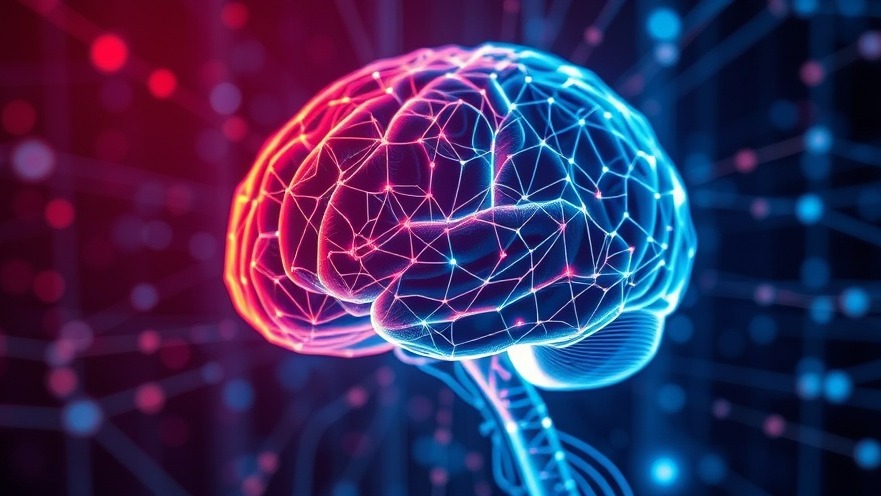
Understanding NEURD: A Leap in Brain Mapping Technology
The complexity of the human brain has long fascinated scientists and medical practitioners alike. Advances in technology have now allowed us to create profound insights into its structure and functionalities, primarily through projects like the MICrONS initiative. A recent development in this area, titled NEURD (NEURal Decomposition), promises to revolutionize how researchers map out neural connections within the brain.
Decoding the Brain's Blueprint
NEURD aids in expediting the proofreading and error detection processes involved in understanding the neuronal circuits of the brain. Researchers at Baylor College of Medicine have illustrated how this innovative software not only enhances the efficiency of brain mapping but also facilitates the annotation and cleaning of vast datasets generated by extensive studies like MICrONS, which has spanned over seven years and involved more than 150 researchers globally.
The Significance of Wiring in Neural Connectivity
Dr. Jacob Reimer, assistant professor of neuroscience at Baylor and a vital contributor to the project, emphasized the necessity of uncovering the wiring intricacies of the brain. With NEURD, researchers are uncovering the neurological 'secret sauce' that enables the remarkable problem-solving abilities of the brain, which current AI and machine learning systems are still striving to comprehend. A key innovation of NEURD is its ability to manage massive datasets, such as the one created during the MICrONS Project.
Analyzing the MICrONS Project
The MICrONS Project set an ambitious goal: to create the most comprehensive wiring diagram of a brain ever achieved. Focusing on just a cubic millimeter of mouse visual cortex, the team compiled data indicating over 523 million synapses and a rich detail of neuronal properties. The result is a detailed blueprint that includes not only the structural information about neurons but also their functional properties, thereby providing insights into how they communicate and process information.
Implications for Health Practitioners
For health practitioners, the implications of NEURD and the MICrONS Project are vast. Improved understanding of brain connectivity can foster novel therapeutic approaches for neurological disorders and mental health conditions, which could lead to better patient outcomes. Healthcare professionals invested in staying informed about the latest advancements can better understand the potential applications of these technologies in their practice.
Future Predictions: The Path Ahead
Looking forward, NEURD could enhance personalized medicine approaches in healthcare by improving our understanding of brain disorders. As the technology matures, practitioners may begin to see applications in diagnostics and therapeutics, leading to more tailored treatments based on individual brain connectivity profiles. This could set the stage for redefining interventions tailored to patients' unique neural architectures.
How NEURD Enhances Data Exploration
One of the most profound features of NEURD is its ability to simplify data exploration. As the software provides cleaner, annotated datasets, researchers can easily query and analyze data. This newfound efficiency in exploring vast datasets can potentially lead to exciting discoveries about the brain's functions yet unknown to science.
Common Misunderstandings About Brain Mapping
A common misconception regarding brain mapping is that it is solely about pinpointing locations of different areas responsible for specific functions. However, the connectivity and wiring between neurons are equally essential to understanding the brain's overall health and functionality. NEURD seeks to illuminate these connections, offering deeper insights that can impact both neuroscience research and clinical practices.
Conclusion: The Future Is Now for Brain Mapping
The advancements through NEURD signify a pivotal shift in neuroscience and medical research. As practitioners dedicated to improving patient outcomes, staying abreast of developments in brain mapping technologies will be crucial. Embrace this era of insight and explore how integrating these findings can enhance your practice and ultimately benefit your patients.
 Add Row
Add Row  Add
Add 






Write A Comment